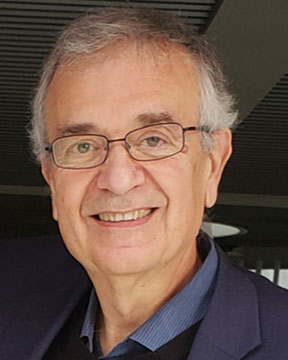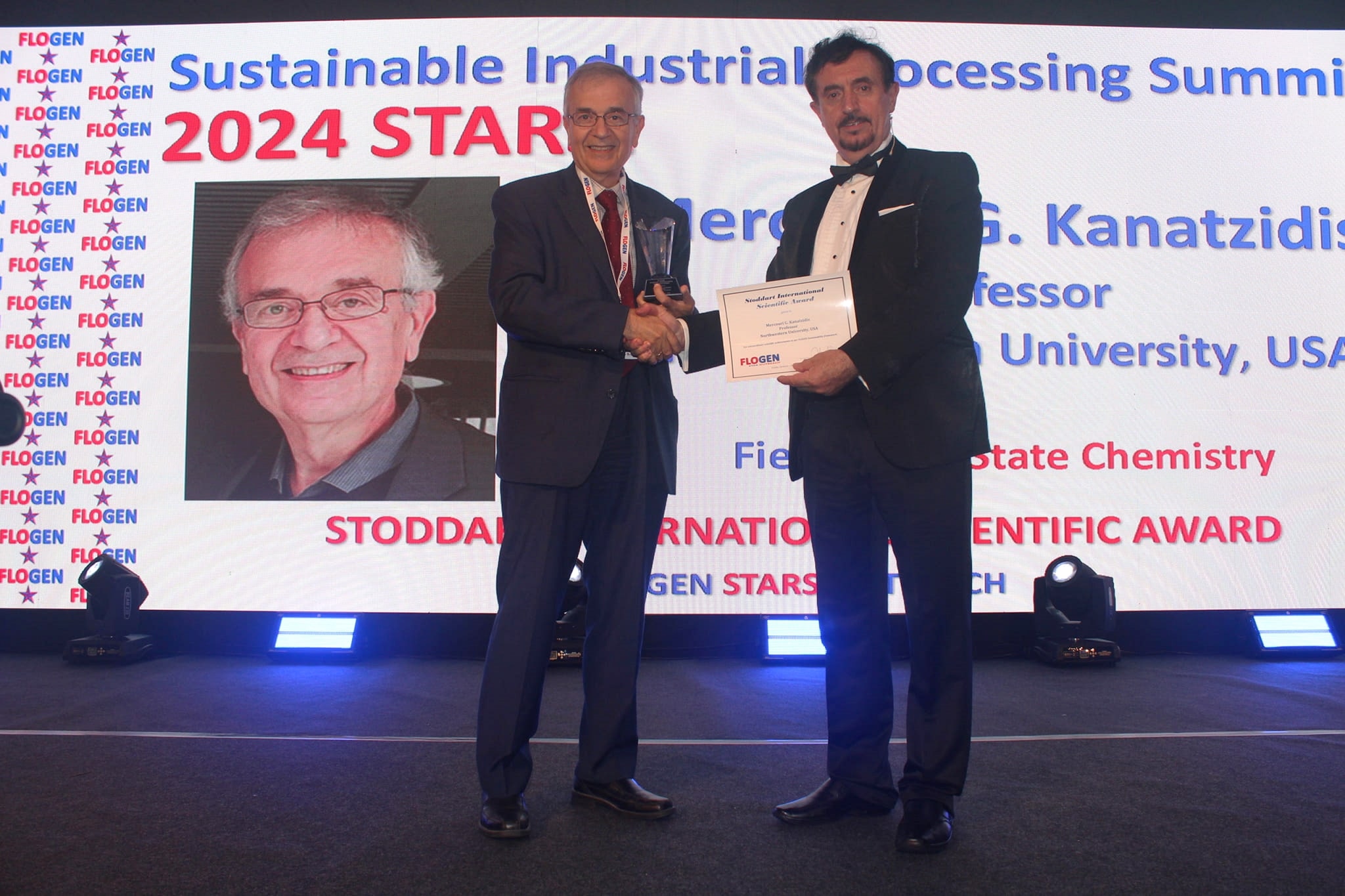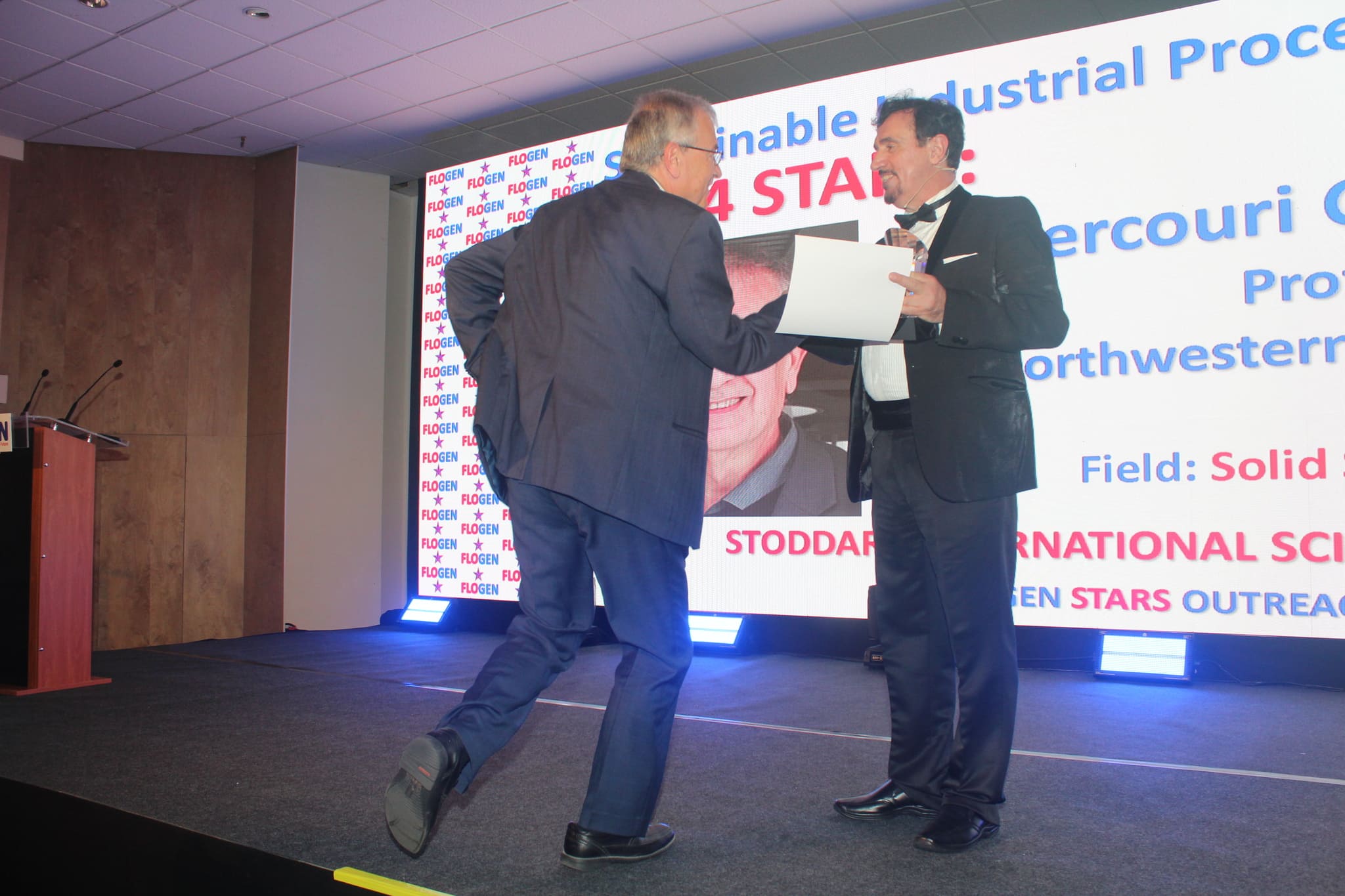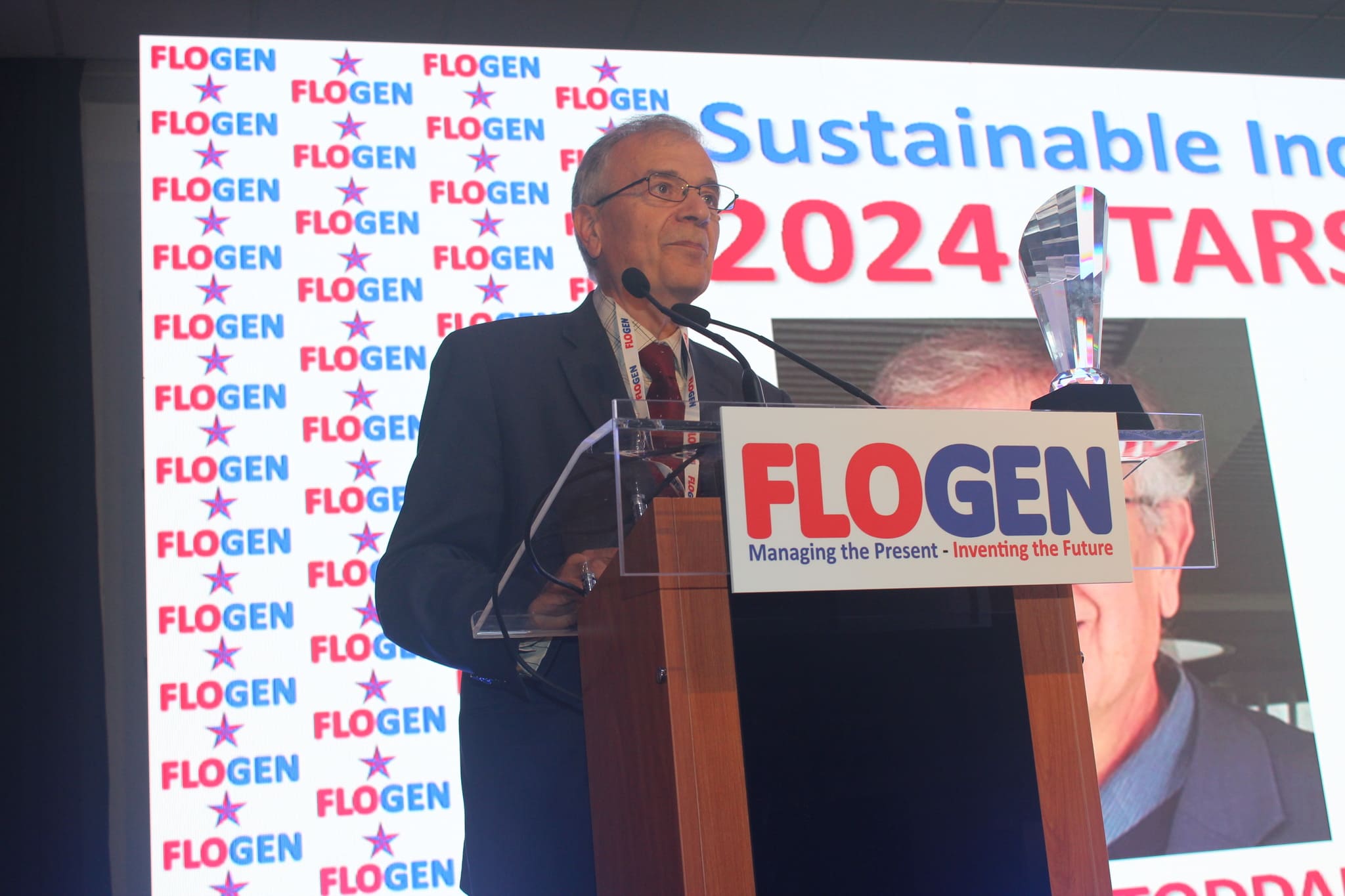
Mercouri Kanatzidis is a distinguished figure in the field of chemistry and materials science, holding a Charles E. and Emma H. Morrison Professorship in Chemistry and Professor of Materials Science and Engineering at Northwestern University. Additionally, he serves as a Senior Scientist at Argonne National Laboratory.
Mercouri embarked on his academic journey with a Bachelor of Science degree from Aristotle University in Greece. He pursued his Ph.D. at the University of Iowa under the guidance of Professor Dimitri Coucouvanis, earning his doctorate. His academic path led him to Northwestern University as a Postdoctoral Research Fellow under the mentorship of Professor Tobin J. Marks. Kanatzidis commenced his career as an assistant professor at Michigan State University. His academic journey reached a pivotal point in 2006 when he joined the faculty at Northwestern University.
Kanatzidis has contributed extensively to the development of synthesis methodologies for novel chalcogenide materials and intermetallics. Among his notable achievements is the pioneering panoramic synthesis method, a groundbreaking approach that facilitates the design and discovery of innovative materials. His innovative flux synthesis techniques have revolutionized material synthesis by allowing reactions to occur at lower temperatures, resulting in the creation of unique structures and compositions. These efforts had real-world impact such as the discovery of metal sulfide ion exchangers, offering solutions for remediating nuclear waste and heavy metals in industrial wastewater.
In the realm of thermoelectrics, Kanatzidis has redefined the concept of nanostructuring. His pioneering work in controlling the structure and composition of thermoelectric materials at the nanoscale has propelled the field forward, leading to the development of high-performance materials. His contributions to achieving "nanostructuring" have yielded thermoelectric semiconductors with unprecedented performance.
Kanatzidis played a pivotal role in launching the so-called perovskite revolution in photovoltaics. Their groundbreaking studies resulted in the first solid-state solar cell device incorporating halide perovskite in 2012 which opened new avenues for the development of solar energy solutions. He also demonstrated the potential of 2D perovskites in achieving remarkable stability and efficiency significantly influencing the adoption of 2D/3D perovskite mixtures in solar cell technology. Kanatzidis also made a significant breakthrough in X-ray detection with the perovskite CsPbBr3, showing promise for gamma-ray spectroscopy with exceptional energy resolution.
In recognition of his immense contributions to the field of chemistry, a newly discovered mineral, kanatzidisite, has been named after him. He has mentored over 100 Ph.D. students and over 120 postdoctoral fellows.


